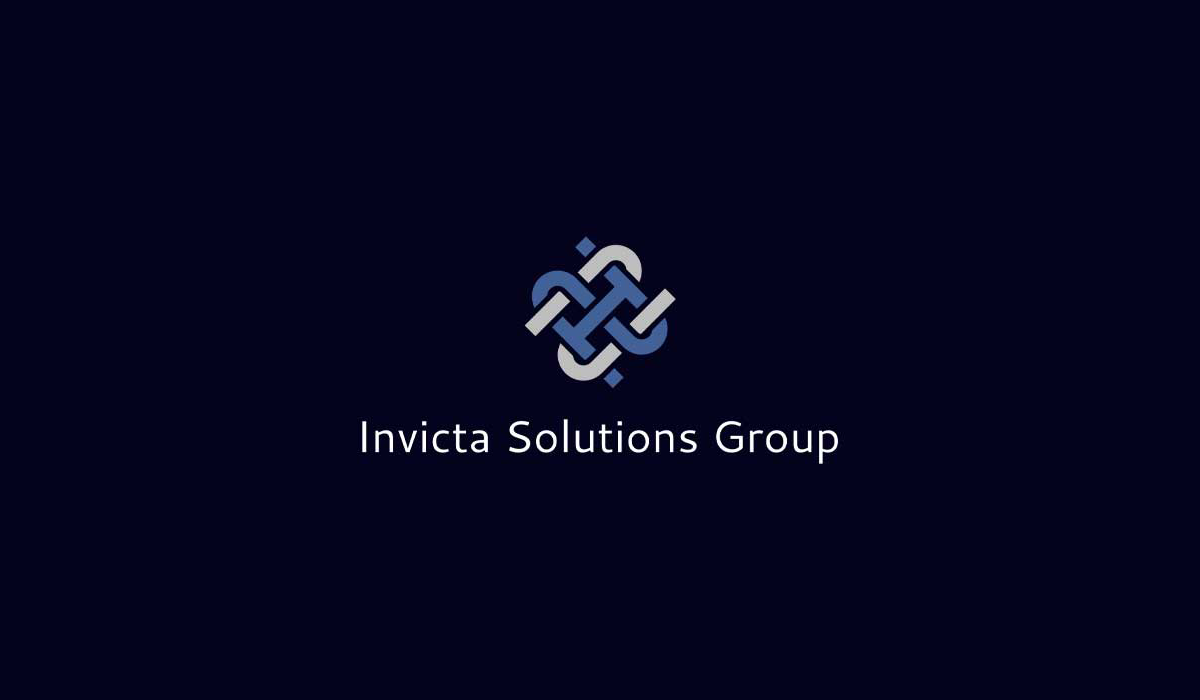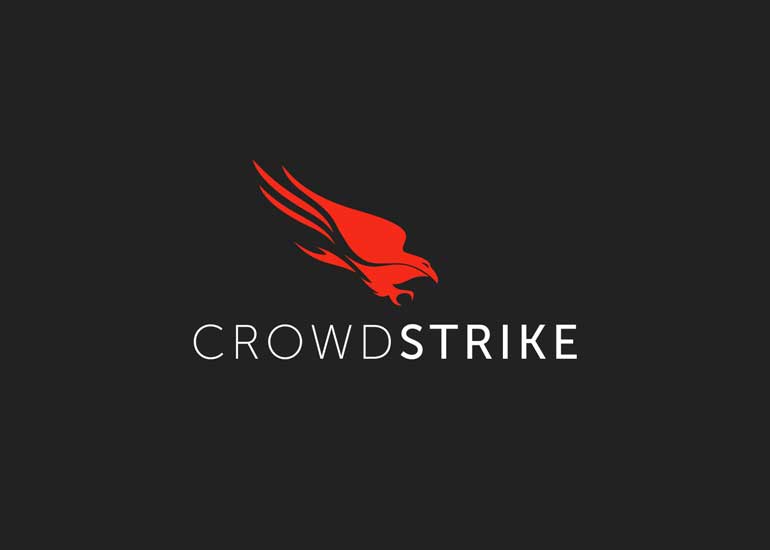By Jeff Lockwood, Invicta Solutions Group Founder & CEO
Part 1 f a 4-part series for Cybersecurity Awareness Month
In a galaxy far, far away, the battle between good and evil rages on—but there’s more to Star Wars than lightsabers, blasters, and epic space battles. The Star Wars universe is filled with examples of information security successes and failures that can teach us valuable lessons about protecting ourselves from digital threats. As we celebrate Cybersecurity Awareness Month, let’s journey through the Star Wars saga and explore how we can apply its lessons to our own cybersecurity practices.
Much like the Rebel Alliance defending against the mighty Galactic Empire, cybersecurity professionals are constantly fighting to protect systems, data, and people from cyber threats like phishing, ransomware, and data breaches. The stakes are high in both galaxies, but with the right knowledge and tools, we can defend ourselves against the dark side of the digital world.
The Death Star: Overconfidence is the Path to the Dark Side
Let’s begin with one of the best examples of overconfidence in Star Wars—the Death Star, the Empire’s ultimate weapon. With its near limitless power, capable of destroying entire planets, the Empire believed it was invincible. But, as we know, a small design flaw—the thermal exhaust port—became its undoing when exploited by a single well-placed torpedo from Luke Skywalker.
This fatal flaw is a lesson in cybersecurity: never assume you are invincible. Just like the Death Star’s vulnerability, all systems have weaknesses. Cybercriminals are always on the lookout for these flaws, whether they are unpatched software vulnerabilities or weak passwords. One small oversight can lead to catastrophic consequences.
Lesson #1: Conduct Regular Vulnerability Assessments
Just as the Rebels found the Death Star’s weakness, cybercriminals can discover vulnerabilities in your systems. To prevent this, conduct regular vulnerability assessments and patch any security holes before attackers can exploit them. Ensure your systems are up-to-date, and that your team is proactive in identifying potential threats.
R2-D2: Your Loyal Companion in Cybersecurity
Throughout the Star Wars saga, R2-D2 has proven to be one of the most reliable and resourceful droids in the galaxy. From slicing into the Death Star’s systems to opening locked doors at crucial moments, R2-D2 exemplifies the importance of having reliable tools and technology on your side in times of crisis.
In the world of cybersecurity, we have our own R2-D2s—trusted tools like firewalls, antivirus software, and multi-factor authentication (MFA)—that help us defend against cyber threats. Just as Luke, Leia, and the rest of the gang trusted R2-D2 with their lives, we must trust and rely on our cybersecurity tools to protect our data and systems.
Lesson #2: Use Multi-Factor Authentication (MFA)
Multi-factor authentication is like having R2-D2 by your side—an extra layer of defense that helps keep intruders out. Even if a cybercriminal gets hold of your password, MFA can stop them from accessing your account. Implement MFA wherever possible and encourage your team to do the same.
Phishing Attacks: Beware of the Emperor’s Manipulation
One of the most deceptive forms of attack in the Star Wars universe comes from Emperor Palpatine, the master manipulator. Through deception and manipulation, he lures Anakin Skywalker to the dark side, eventually transforming him into Darth Vader. This mirrors how phishing attacks work in our world—cybercriminals use manipulation and social engineering to trick people into giving up sensitive information or downloading malicious software.
Phishing emails often disguise themselves as legitimate communication from trusted sources, much like Palpatine’s deceitful tactics. They may ask you to reset your password, click on a link, or download an attachment. Once the victim falls for the trick, the attacker gains access to sensitive data or systems.
|
Need More Information on how to protect your company?
Contact Invicta Solutions Group:
(615) 965-4426
|
Lesson #3: Train Employees to Recognize Phishing
To defend against phishing attacks, it’s crucial to be aware of the signs. Just as the Jedi must learn to resist the dark side’s temptations, you and your team must learn to recognize suspicious emails and messages. Regular training on phishing awareness and social engineering can go a long way in preventing attacks.
The Rebel Alliance: Strength in Numbers and Collaboration
The Rebel Alliance faced overwhelming odds in their fight against the Empire, but they had one key advantage: collaboration. Working together with diverse groups from across the galaxy—pilots, smugglers, soldiers, and droids—the Rebels were able to overcome the Empire’s superior power and resources. In cybersecurity, collaboration is just as important.
No single person or organization can defend against all cyber threats alone. It takes a collective effort, from government agencies to private companies to individuals, to share information and stay ahead of attackers. Collaborative frameworks like threat intelligence sharing help cybersecurity professionals stay updated on the latest attacks and vulnerabilities, making it easier to defend against emerging threats.
Lesson #4: Share Threat Intelligence and Work Together
Just as the Rebel Alliance shared information and worked together to take down the Empire, organizations should share threat intelligence with peers and industry groups. Staying informed about the latest cyber threats allows you to strengthen your defenses and respond to attacks more effectively.
The Force: Trusting Your Instincts in Cybersecurity
Throughout Star Wars, Jedi like Obi-Wan Kenobi and Yoda emphasize the importance of trusting the Force—an invisible energy that binds the galaxy together. The Force is a powerful ally for the Jedi, guiding them through difficult situations and helping them stay vigilant against the dark side.
In the realm of cybersecurity, we can think of the Force as our cyber instincts—the combination of knowledge, experience, and awareness that helps us stay vigilant against potential threats. While technology and tools are essential, sometimes it’s our instincts that alert us to something being off, whether it’s a suspicious email, a strange network activity, or an unusual login attempt.
Lesson #5: Stay Vigilant and Trust Your Instincts
Cybersecurity is not just about reacting to attacks; it’s about anticipating them. By staying aware and trusting your instincts, you can spot potential threats before they cause harm. If something doesn’t seem right—whether it’s an unexpected email, a pop-up, or a request for sensitive information—take a moment to investigate further. Your instincts could be the first line of defense.
Conclusion: May the Security Force Be with You
As we celebrate Cybersecurity Awareness Month, we can learn a great deal from the galaxy far, far away. From the fall of the Death Star to the deception of Emperor Palpatine, the Star Wars saga is filled with lessons on the importance of staying vigilant, working together, and protecting our systems from unseen threats.
Cybersecurity may not involve lightsabers or starships, but it’s a battle that requires just as much courage, collaboration, and awareness. Whether you’re an individual or an organization, the lessons of Star Wars can guide you in defending against the dark side of the digital world. So, this October, remember stay vigilant, trust your instincts, and may the Security Force be with you!












